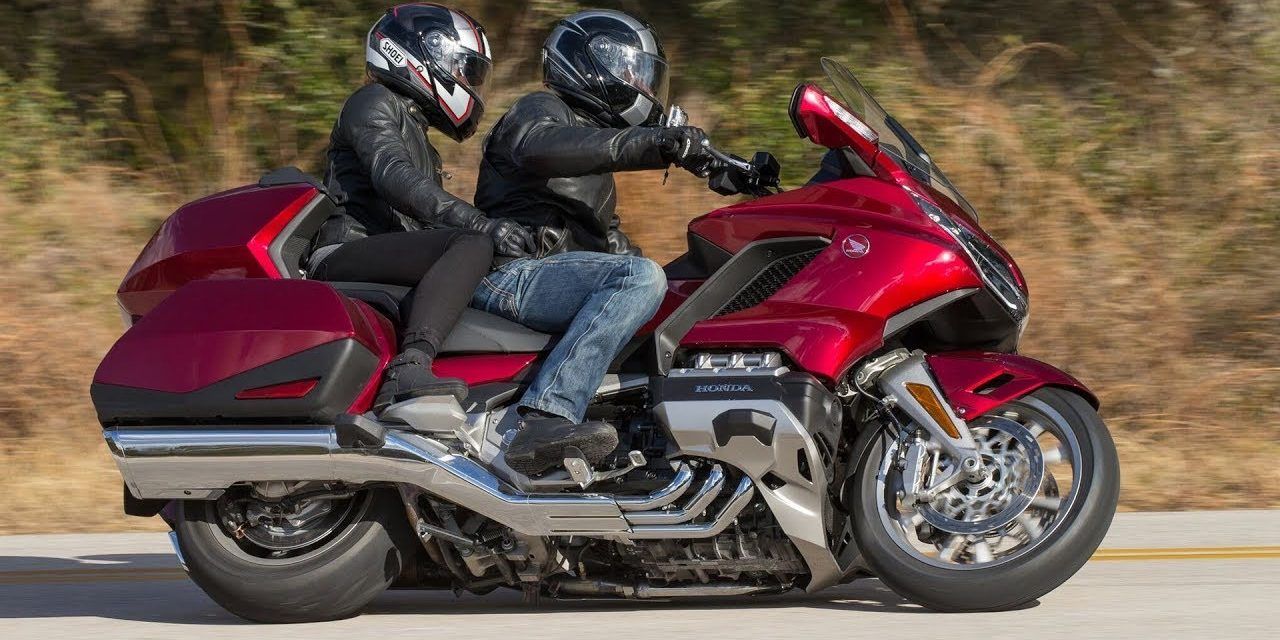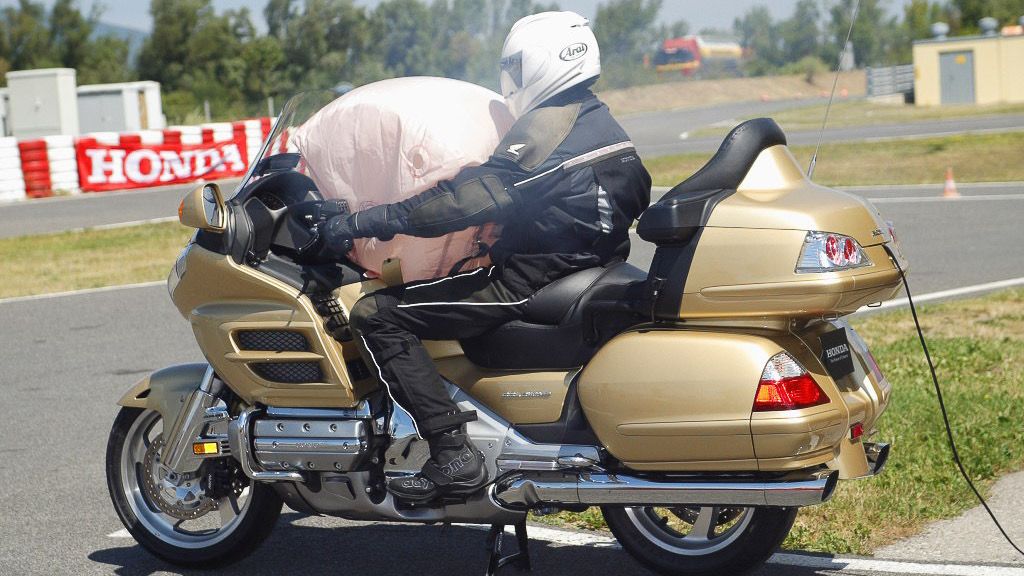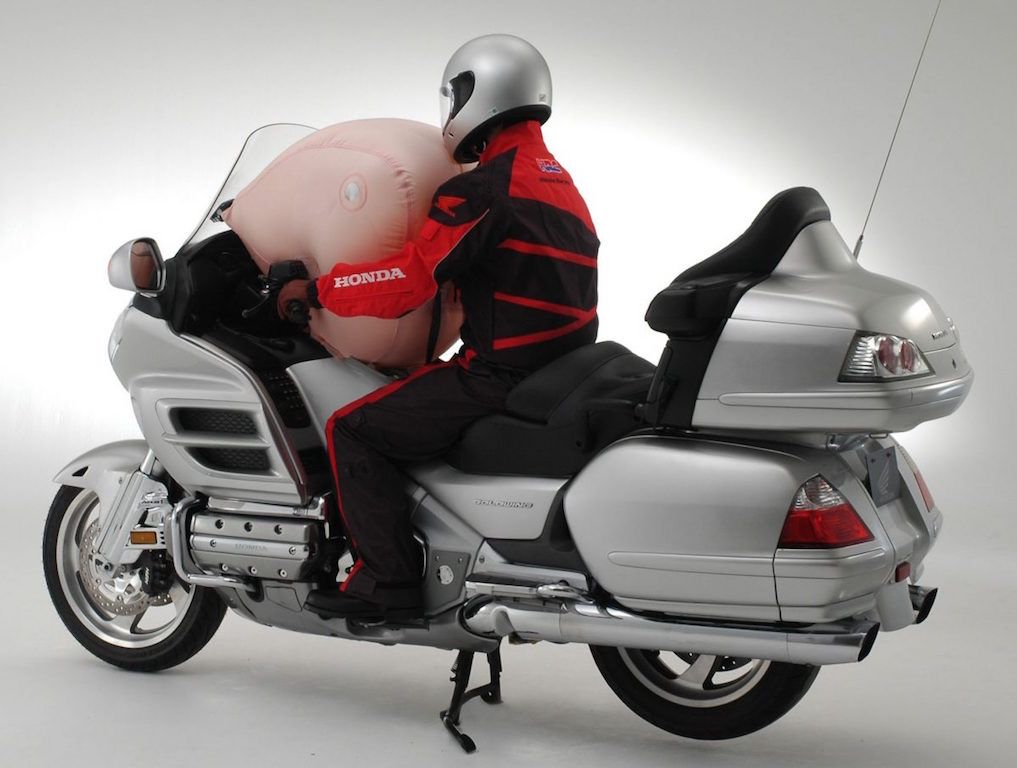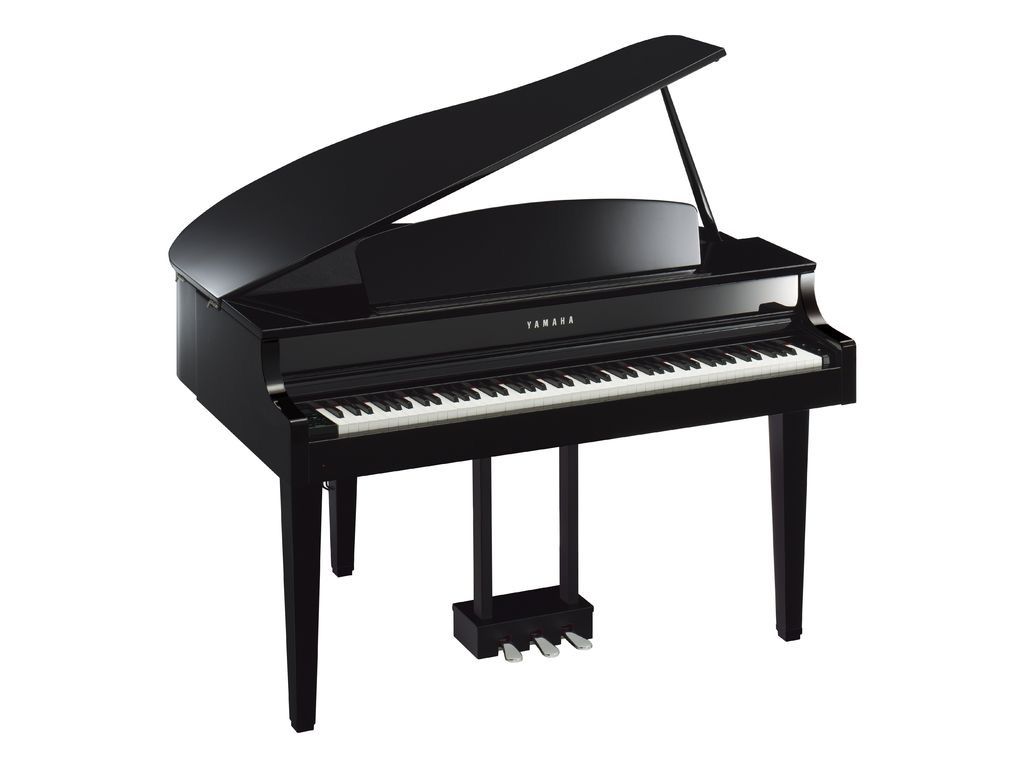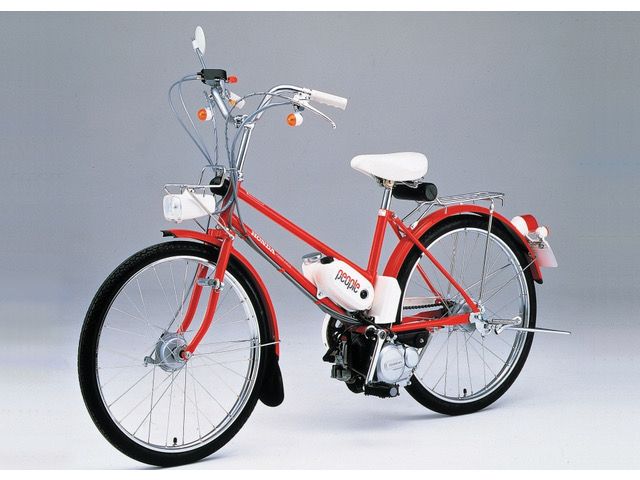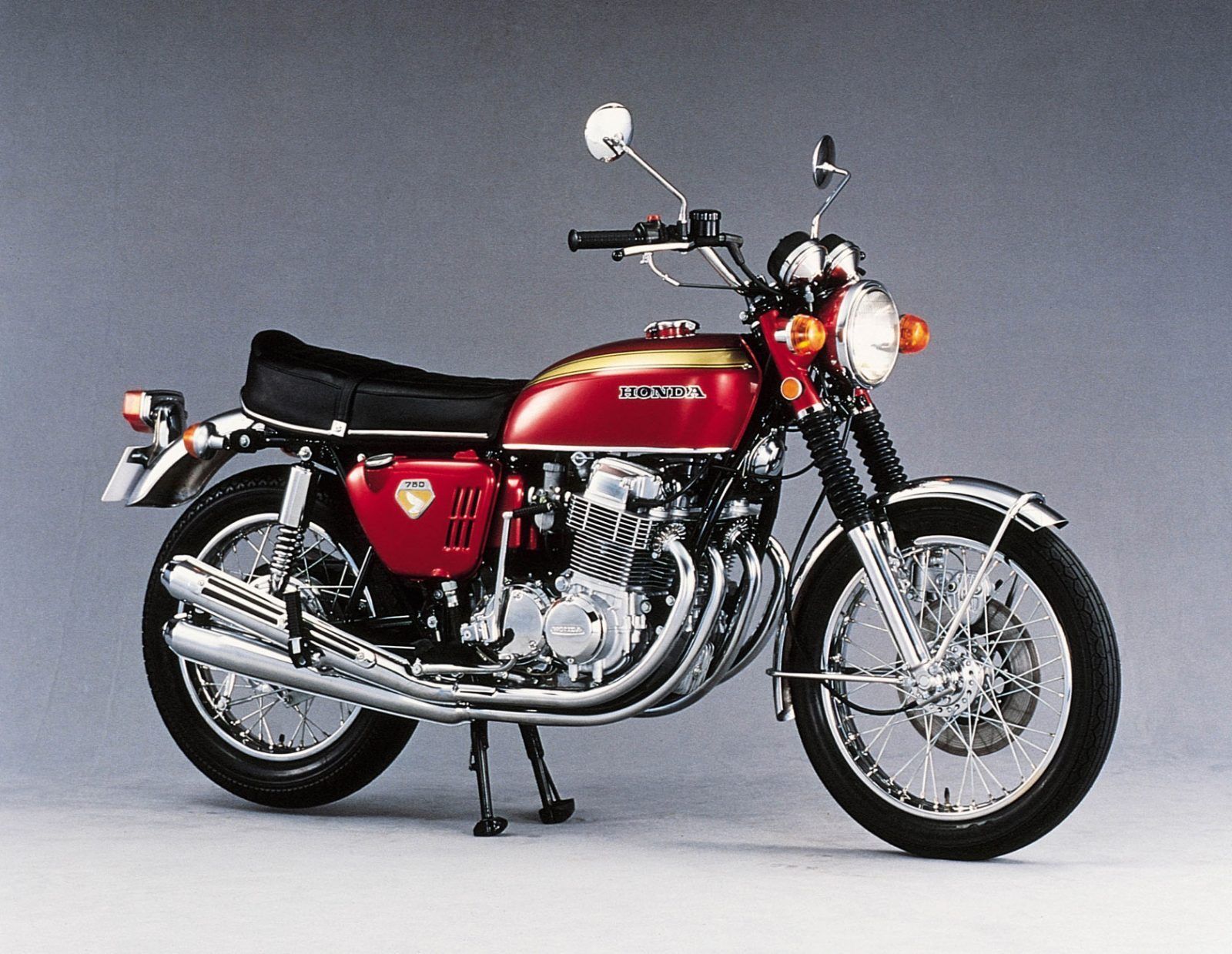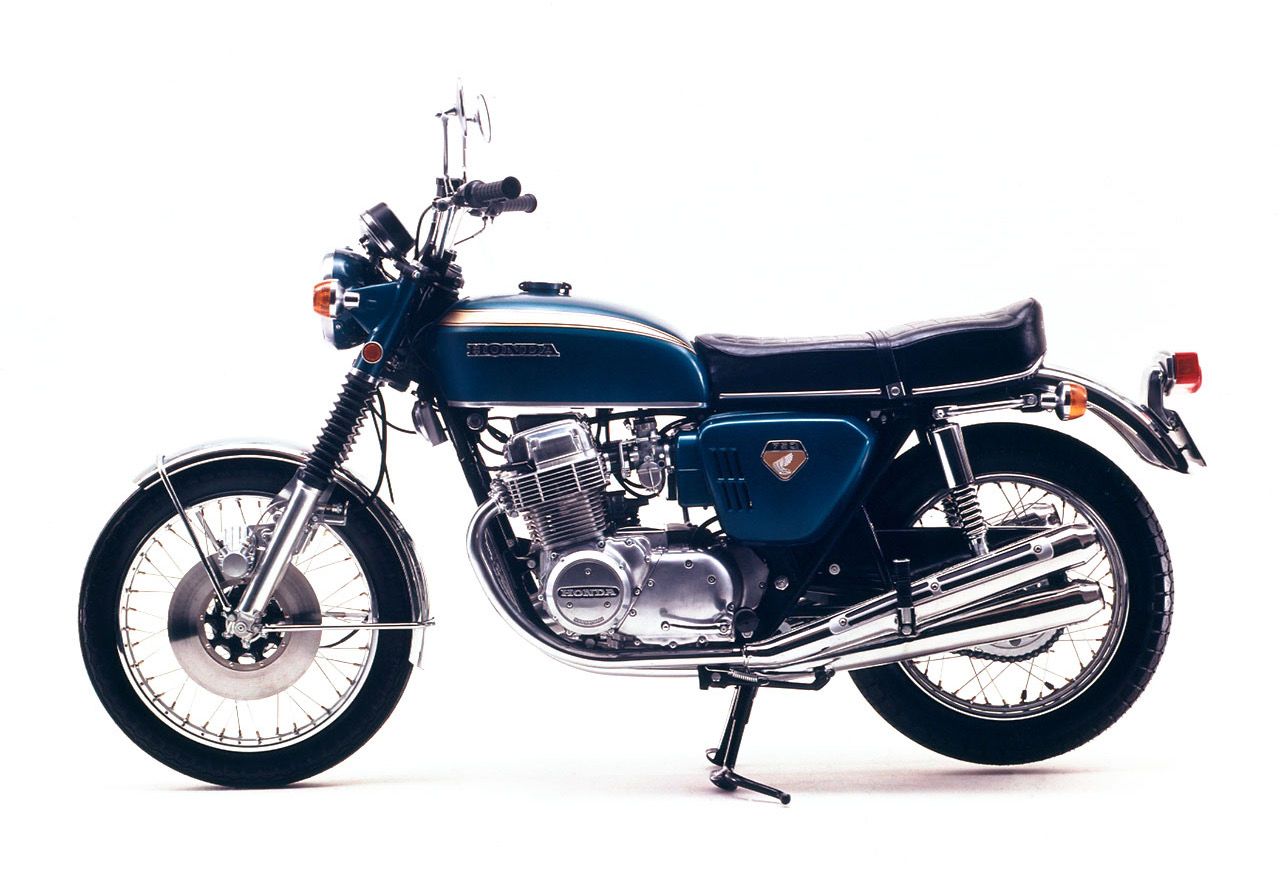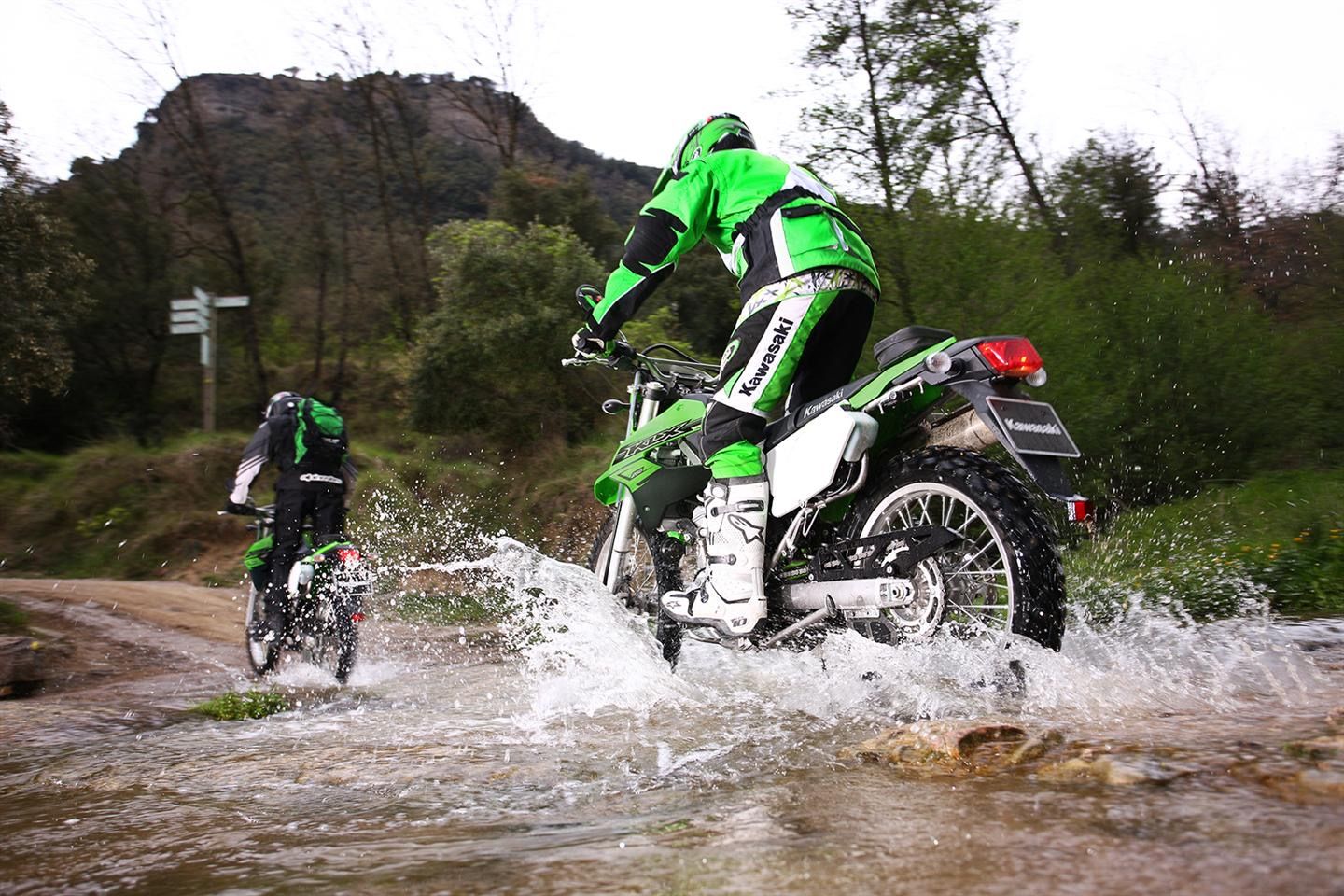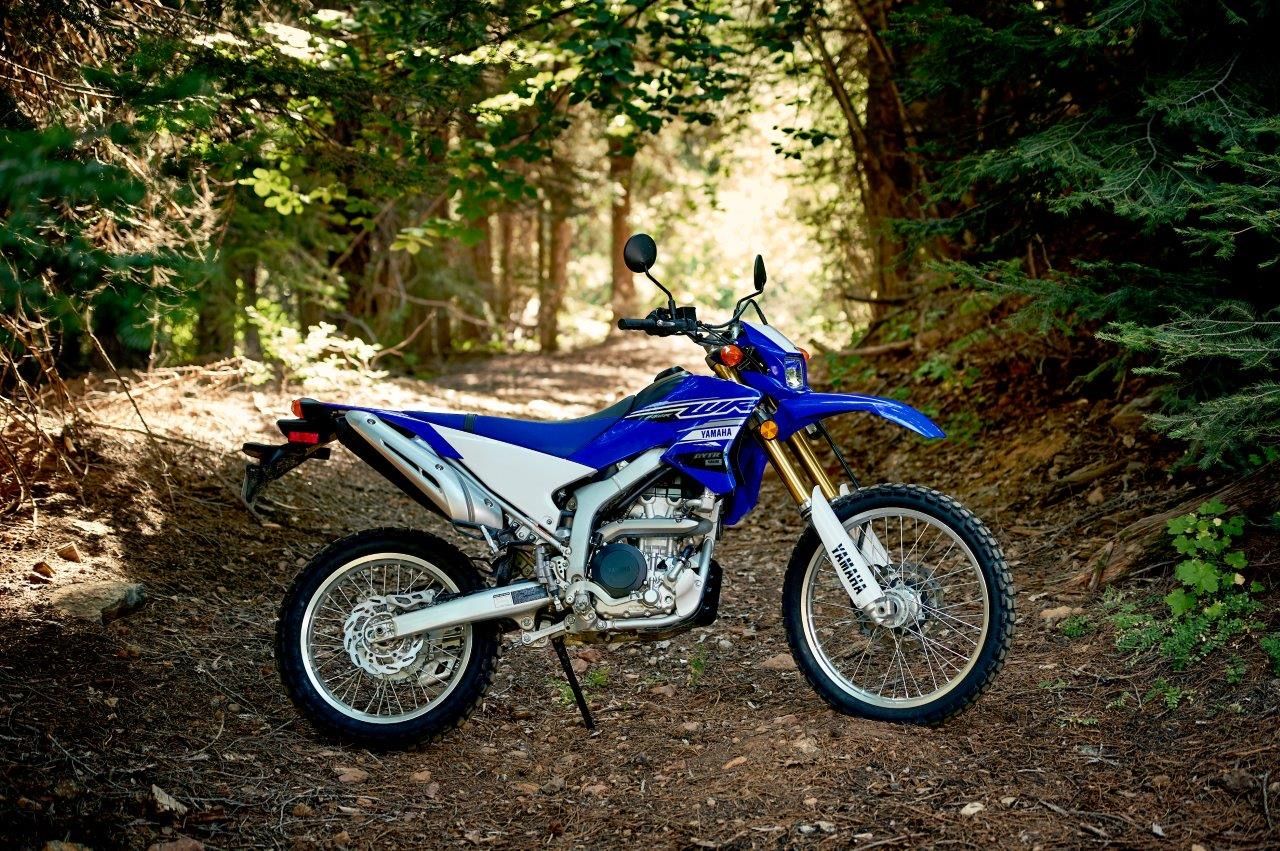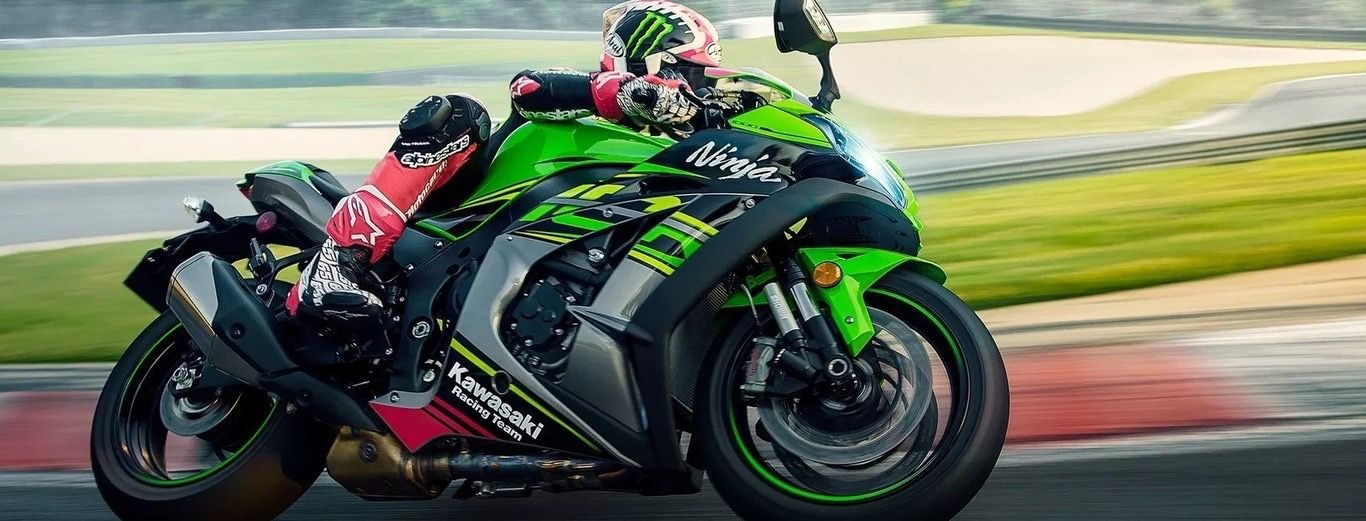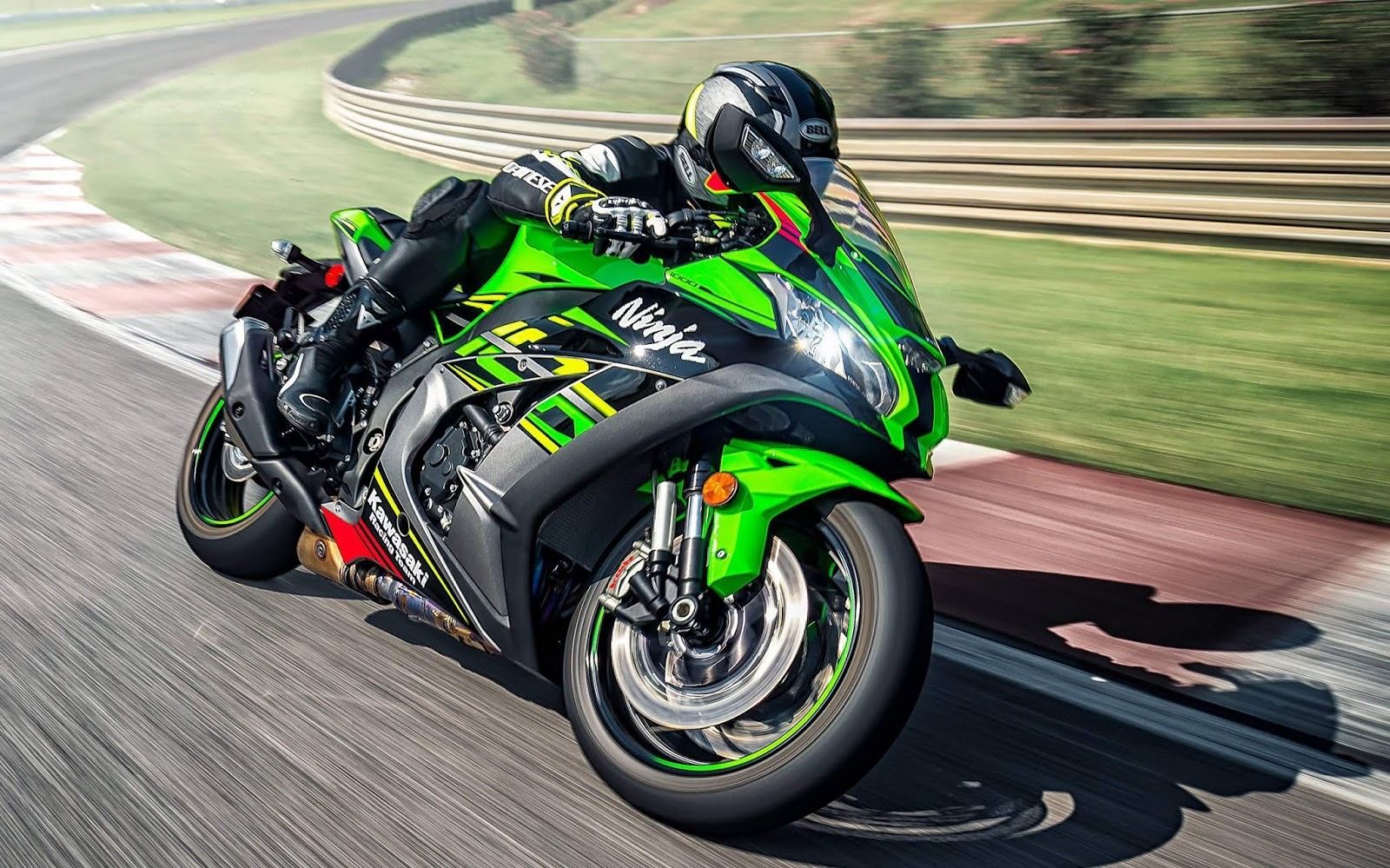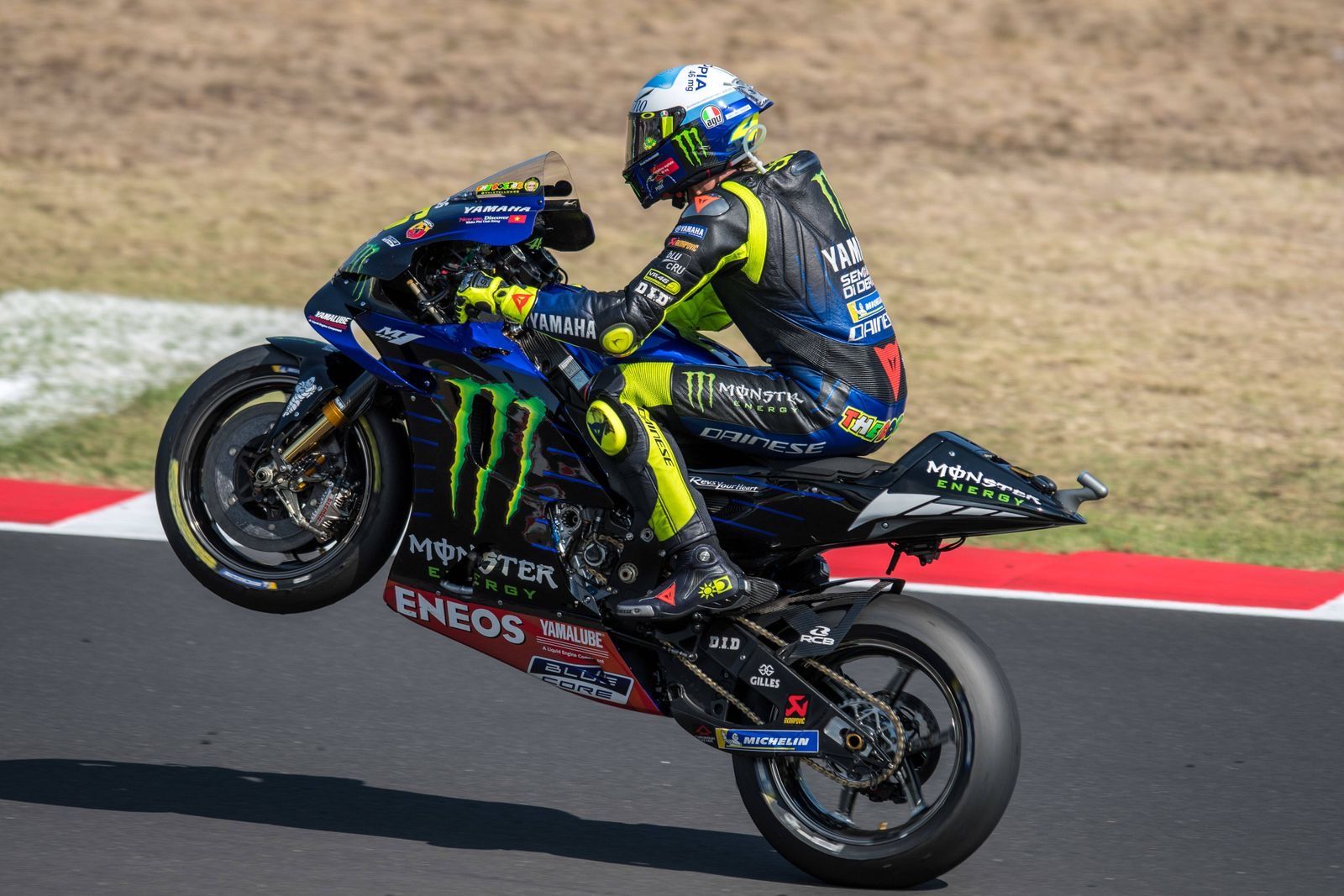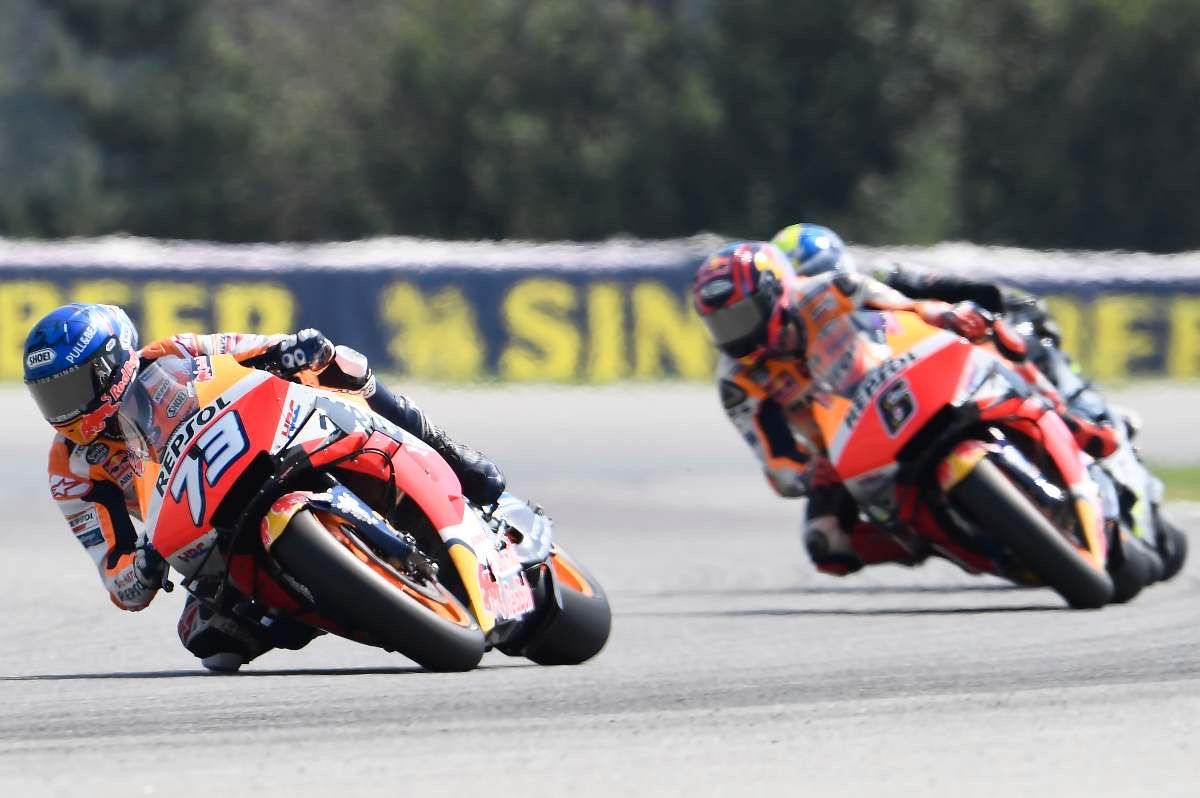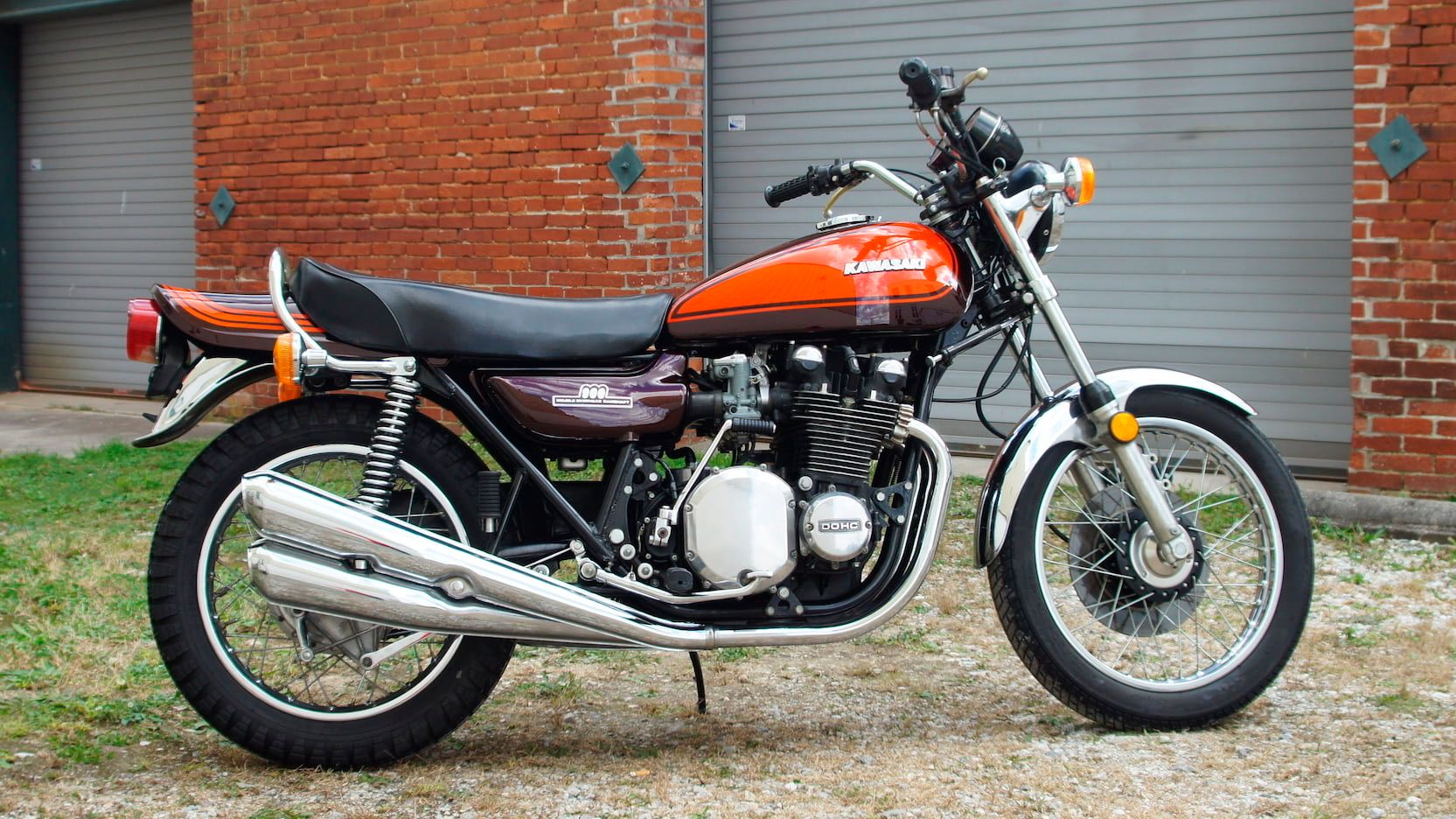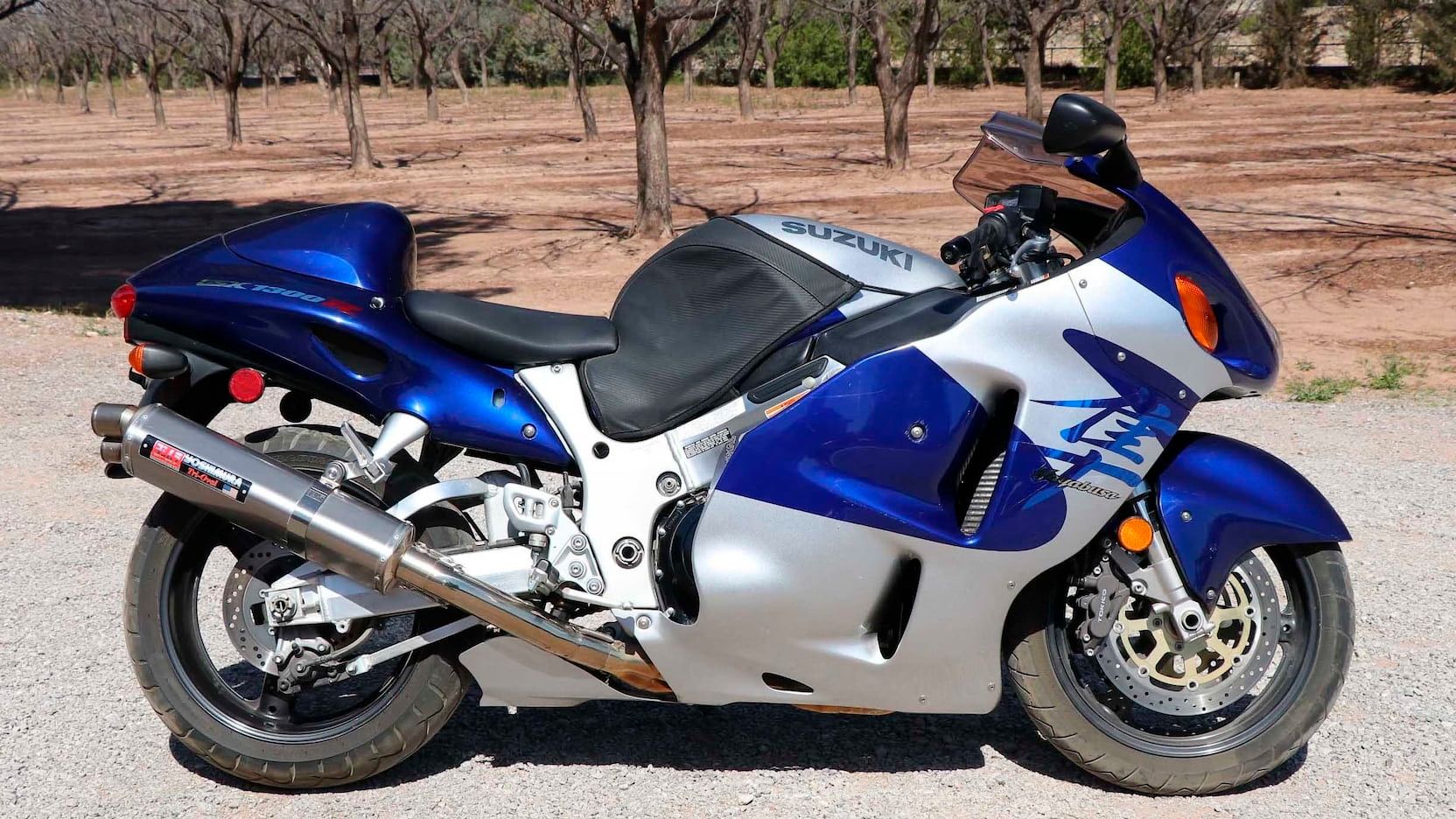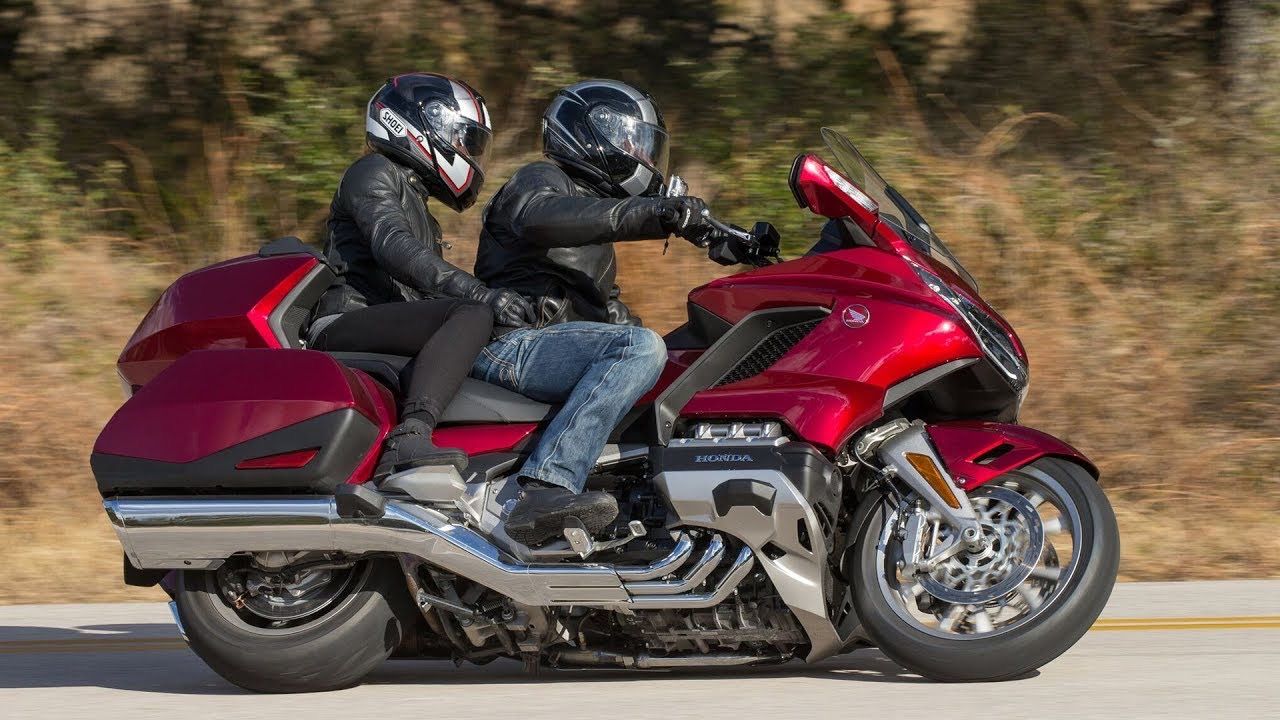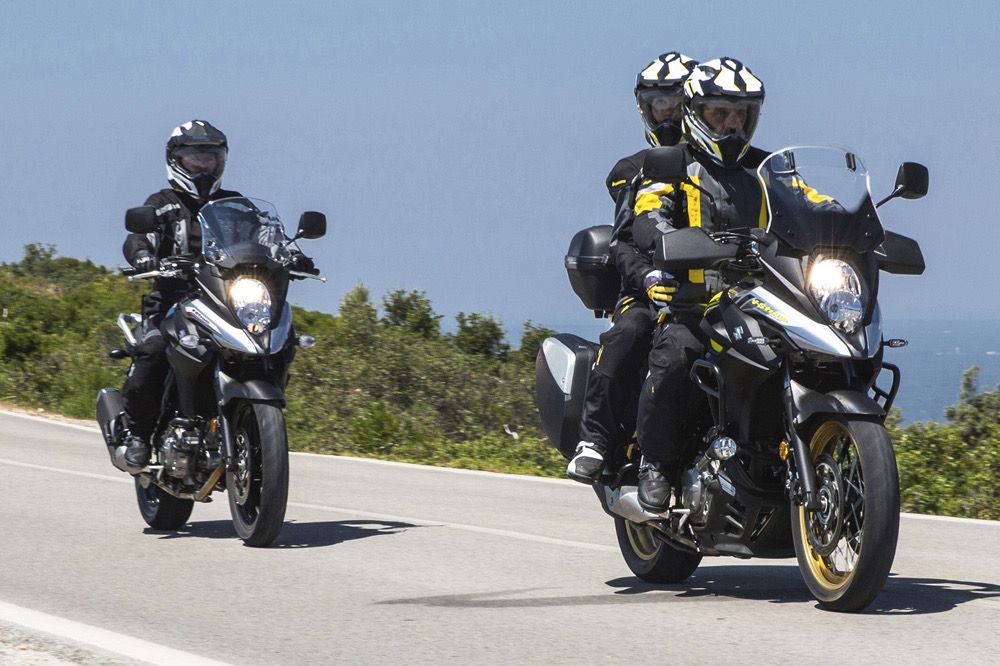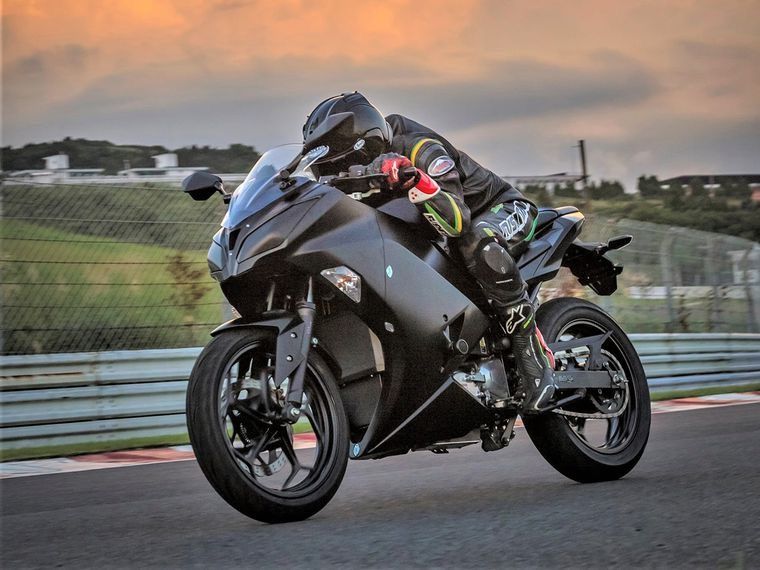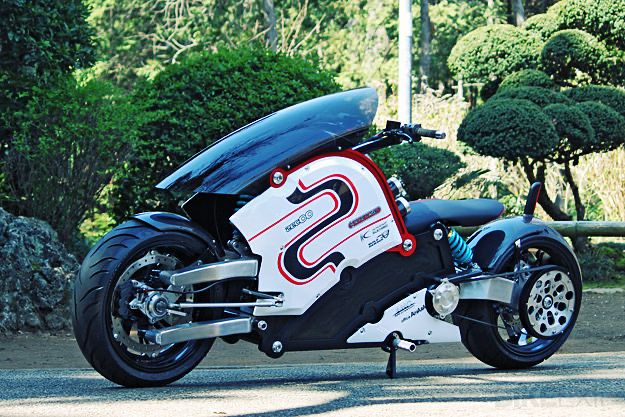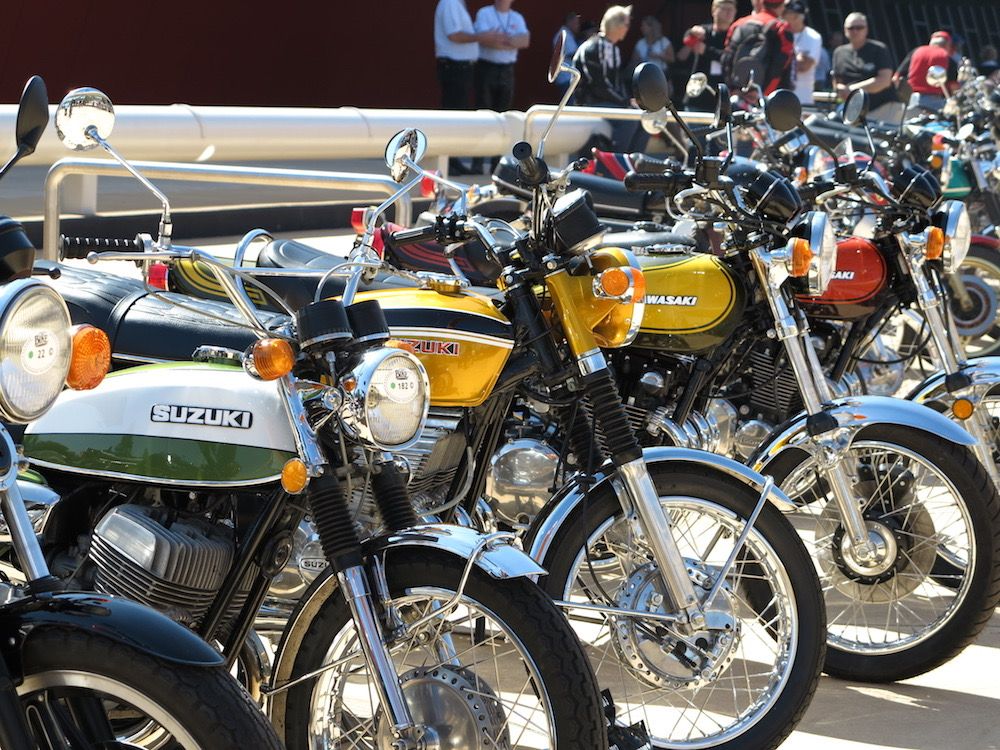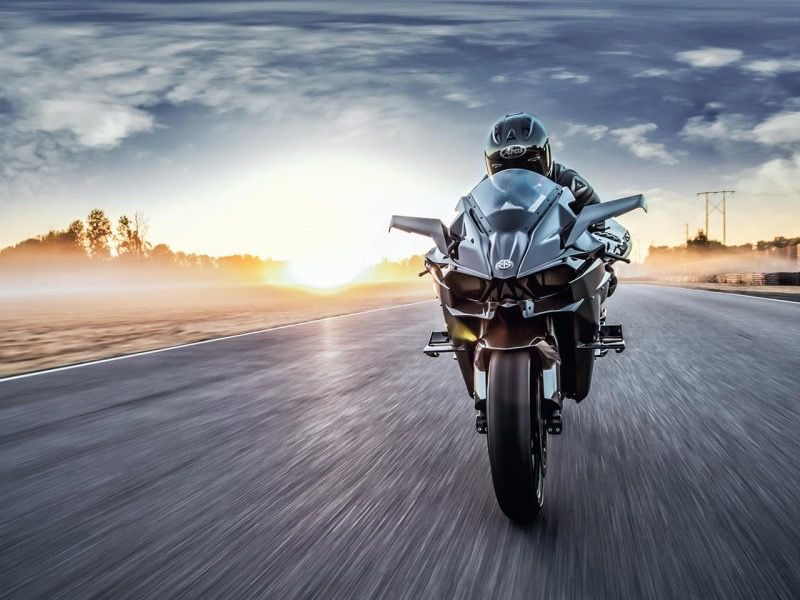Japanese motorcycles weren’t always the shining stars of the industry. While nowadays they have a reputation of being the best in the market, until the 1960s, gearheads didn’t even consider them. These bikes made it to the international stage when they started competing in global races, first the I.O.M. TT and later the MotoGP. That’s how the world truly learned of Honda, Yamaha, and Suzuki, from the winning performances at races.
In 2019, Japanese manufacturers exported over 396,000 motorcycles and its products were the best sellers in gearhead places such as Italy, where Honda and Yamaha were the leading brands in 2019. Honda and Yamaha are leading brands in the United States too, second only to the iconic Harley-Davidson.
Why are Japanese motorcycles so popular?
10 The First Motorcycle Airbag
Honda was the first manufacturer to ever produce an airbag for a motorcycle, back in 2006. Just as for cars, its goal is to keep drivers safe. In this case, it’s designed to operate during frontal crashes, absorbing the forward force during an accident. Honda’s research showed that motorcycle drivers were especially in danger during frontal collisions, hence the airbag. As Honda reports, a system of tether straps anchors the airbag to the bike’s frame and the airbag is also V-shaped to give more stability.
The system activates when forces over a preset value are detected which can happen when the front wheel falls into a ditch.
9 The Brands Didn't Always Produce Motorcycles
Yamaha was born in 1887 as a piano and reed organ manufacturer, so yes, the Japanese giant was born as a builder of musical instruments. Yamaha’s past explains why the company’s logo is a tuning fork. Honda was founded in 1948 and it manufactured bicycles instead of motorcycles.
Eventually, the manufacturer moved onto motorized bicycles equipped with two-stroke 50-cc Tohatsu war surplus radio generator engines. Suzuki was born in 1909 built weaving looms for the country’s silk industry. The manufacturer even invented new machines for the weaving industry, before it produced its first car prototype in 1937.
Kawasaki has followed a straighter line since its foundation in 1878 since it produced transport ships.
8 The History Of The Universal Japanese Motorcycle
After weaving machines, melodious pianos, and shiny bicycles, Japanese manufacturers realized times had changed. In the 1970s, the market was flooded with general-purpose standard motorcycles, and first came the Honda with its CB750. They took over the driver’s hearths thanks to the bike’s reliability, comfort, and price. The Japanese motorcycles were competitive and an immediate bestseller.
They had so much success that Kawasaki opened the first Japanese plant in the United States in 1975. It manufactured the Kawasaki KZ400 with a 398cc displacement of the twin-cylinder engine.
7 They Are The Top Dual-Sport Bikes
What makes dual-sport bikes unique is their concept. They can be used both on and off-road, so they need specific characteristics. First, they need to have street-legal equipment such as lights, license plates, and mirrors. These motorcycles generally have long-travel suspensions, tires for the dirt, and (depending on the model) high fenders. The heavyweight dual-sport bikes are intended for long travels on the pavement, with occasional and fun off roads.
Japanese motorcycles tend to take over the “best of” list for these types of bikes. The industry’s website Improb includes in its top ten, five Japanese motorcycles. Not a bad average at all.
6 Ninja Is Not Just A Name
The Kawasaki Ninja is one of the most recognized and appreciate Japanese motorcycles and not just for its cool name. There are many versions of the first model, launched in 1984. The firstborn was the Kawasaki GPZ900R, which launched the idea of sport-bikes. It was, indeed, the fastest bike during those first years, reaching a top speed of 158 mph. The production of the GPZ900R stopped in 2003, but during the over twenty years of Ninja, many siblings were manufactured.
The best Ninja? The debate seems to be between the ZX-14R (top speed of 187 mph) and the Ninja H2 (with a top speed of 209 mph). No matter where drivers stand in the debate, Ninja isn’t just a name -Kawasaki takes it seriously.
5 They Slay At MotoGP For A Reason
Valentino Rossi on the Yamaha, Marc Marquez on the Honda, and Alex Rins on the Kawasaki: these Japanese motorcycle manufacturers are MotoGP winners. The website Crash reports that Honda has gained 21 world titles, Yamaha 17, and Suzuki six. They slay the Constructor's Championship, but why are they so successful? MotorSport has a theory, at least for the Suzuki GSX-RR. The MotoGP team has a “balanced, well-rounded motorcycle with a wide operating range so that even if the tires aren’t exactly right for the conditions the rider can still make them work. Suzuki’s GSX-RR is that machine.”
The Japanese bikes are ready for any weather condition, they don’t overuse the tires, and they have better performance. They are built to win.
4 They Are Collector’s Items
The keyword is "vintage." These bikes are the first ones in their generation or they are among the first one produced -in Japan. Since Japanese motorcycles have been around since the 1970s, they might look funny they are worth collecting. According to Hagerty, many of these bikes are still affordable, until the secret is out. The Honda CB750 was the one that started it all, in 1969, and nowadays has an average price tag of $10,000.
Collectors and fans also love the Suzuki GSX-R1100, produced between 1987 and 1992, with its curious style and that nowadays has an average price tag of $8,000.
3 The Best For Two-Up Riding
Traveling with a passenger can be a fun way to share a passion with someone who doesn’t own a bike. Doing it in safety and comfort is crucial for the tandem vehicle experience. Tips on how the passenger should get to ensure everyone is safe. So does the design and characteristics of the motorcycle. The best at the two-up riding game? Japanese manufacturers, of course. The website Motorcycle made a top ten list of bikes for two-up riding and seven of them are from the land of sushi and temples.
The Suzuki V-Storm (650 or 1000) is the winner and its scores third in our own HotCars list. This motorcycle is comfortable, adventurous, and light. Once again, Japan takes the lead.
2 Going Electric
This time, Japanese manufacturers aren’t the top sellers, at least not the big names such as Honda and Yamaha. While an American motorcycle, the Zero SR, leads the way to eco-friendly bikes, Japan’s brands aren’t slacking behind. Electric motorcycles are even a smaller and more elite niche than cars, which is why the “Big Four” of Japan are taking matters into their own hands. In 2019, Honda, Yamaha, Kawasaki, and Suzuki have announced that they will start a partnership to research, design, and launch e-bikes.
Reports from the silent Land of the Rising Sun speak of a consortium to “standardize the technology and ensure batteries work across different brands.” Will they excel again?
1 Consumer Reports Give Them 5 Stars
Bikers have been saying it for years: Japanese motorcycles are reliable, safe, and comfortable. In 2015, the dedicated website reported that Yamaha only had an 11 percent failure value, compared to the 40 percent of BMW. While Honda had a 12 percent of fails, compared to the 33 percent of Ducati. Yamaha is especially appreciated by the owners, who love that the bike doesn’t break down easily, so changing or substituting the mechanics isn’t a pain.
All Japanese bikes are easy to maintain and the Honda Rebel is also known for its great gas mileage. Kawasaki is also known for its reliability and low maintenance, especially the Ninja model. A ninja that carries five stars for the enemies.
Japanese motorcycles have become the top of the industry, since the 70s. In a few decades, they took over the market. Bikes enjoy them because they are affordable, reliable, and also fast. Not to mention how stylish they look, especially if Marc Marquez is riding them.

